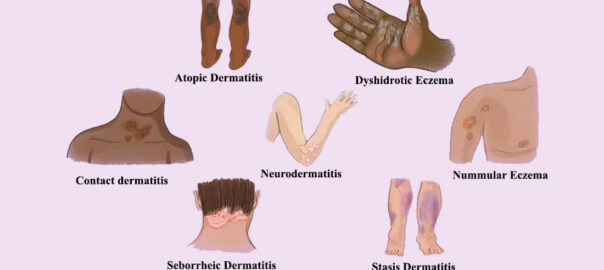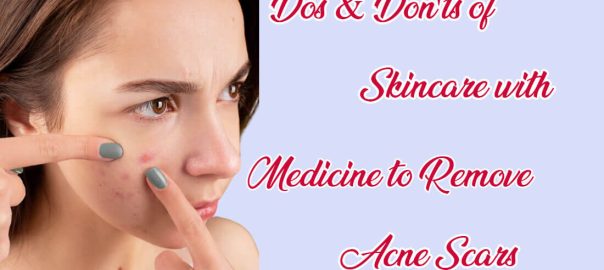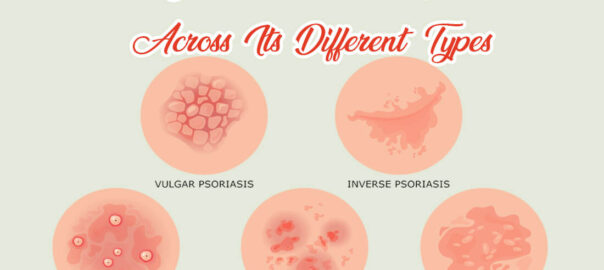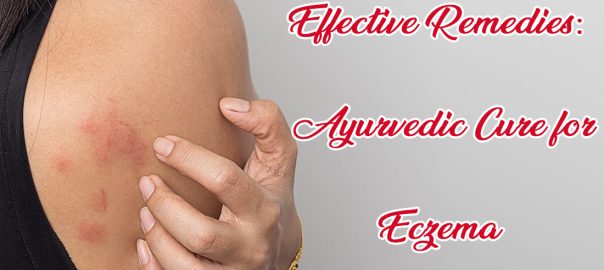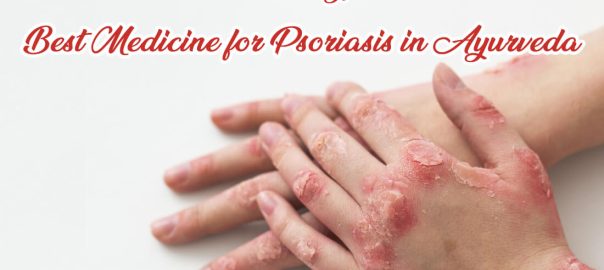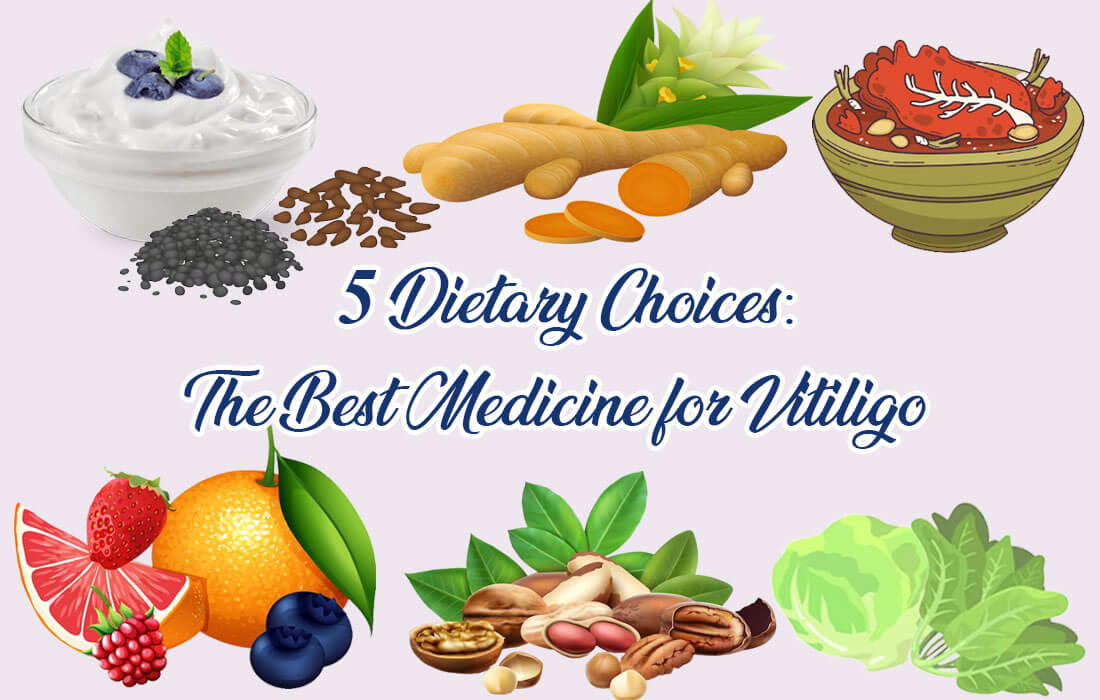
Vitiligo is a disorder that alters the colouration of your skin. It means the skin loses its natural colour, resulting in white patches on different body parts. While there are known cures for this condition, there are also ways to manage its symptoms. Enhancing your immune system and reducing inflammation is achievable through dietary changes and utilizing the best medicine for vitiligo. This blog post will highlight five foods you should add to your diet if you have vitiligo. By incorporating these nutrient-rich foods, you can promote healthier skin and lessen the severity of your symptoms. So, without further ado, let’s take a look at these foods and how they can benefit your skin.
Understanding Vitiligo Diet
When it comes to vitiligo, eating a balanced diet is considered to help support healthy skin and nourish the cells affected by vitiligo. Antioxidants help to protect the skin from free radicals that can damage cells, leading to premature ageing and skin diseases like vitiligo. The processed sugars are known to increase inflammation and oxidative stress in the body. It can activate the immune system, targeting melanocytes, the cells responsible for melanin pigment production in the skin. Therefore, people with vitiligo should limit their intake of processed sugars and instead opt for natural sweeteners like honey or stevia.
A balanced diet high in antioxidants and low in processed sugars can help support healthy skin and nourish the cells affected by vitiligo. With the intake of vitiligo cure medicine and making significant changes to your diet for better results.
5 Foods for Managing Vitiligo
One essential aspect of vitiligo management is nutrition. The foods you eat can be crucial in supporting your skin health and slowing down the progression of vitiligo.
Here are the 5 Foods to your diet for managing Vitiligo:
1. Turmeric
Turmeric is a spice known for its vibrant yellow colour and powerful anti-inflammatory properties. The presence of curcumin, a bioactive compound, has prompted research into its potential benefits for vitiligo control. Curcumin has antioxidant properties that help protect the skin from oxidative stress, which can exacerbate vitiligo. Additionally, curcumin may stimulate melanin production, the pigment responsible for skin colour, which could benefit individuals with vitiligo.
You can include turmeric in your diet through:
- Add a dash of turmeric powder to elevate the flavour of your curries, soups, or stews.
- Make a soothing turmeric tea by mixing turmeric powder with hot water and a bit of honey.
- To promote repigmentation, create a paste by mixing turmeric powder with yoghurt and applying it topically to the affected areas.
2. Green Leafy Vegetables
The presence of key vitamins and minerals, including melanin-essential folate, makes green leafy vegetables like both spinach and kale highly beneficial. In addition, these vegetables are loaded with antioxidants that aid in shielding your skin from the harm inflicted by free radicals. You can benefit your skin’s health and potentially decelerate vitiligo progression by including more green leafy vegetables.
Here are some ways to incorporate green leafy vegetables into your diet:
- Blend spinach or kale into your breakfast smoothie.
- Create a colourful salad with a variety of greens and other vegetables.
- Include sautéed greens as a side dish for your main meals.
3. Nuts and Seeds
Nuts and seeds, with their high content of skin-essential vitamins and minerals like vitamin E and zinc, are excellent for promoting skin health. Vitamin E boasts antioxidant properties, while zinc’s role in cell division is crucial for skin regeneration. Including mixed nuts and seeds like flaxseeds and chia seeds in your diet can provide these essential nutrients that may help manage vitiligo.
Here’s how you can include nuts and seeds in your diet:
- Snack on a handful of mixed nuts for a healthy and satisfying treat.
- Sprinkle ground flaxseeds or chia seeds on your yoghurt or oatmeal.
- Use nut butter (e.g., almond or cashew butter) as a sandwich spread or a dip for fruits and vegetables.
4. Fruits Rich in Vitamin C
Vitamin C, renowned for enhancing the immune system, is essential for nurturing skin health. It promotes collagen production, which can help maintain the integrity of the skin. Furthermore, vitamin C is an antioxidant, shielding the skin from oxidative stress and potential damage. Citrus fruits like oranges, lemons, and grapefruits, as well as berries like strawberries and blueberries, are excellent sources of vitamin C.
Here’s how you can include vitamin C-rich fruits in your diet:
- Enjoy a fresh fruit salad with a variety of citrus fruits and berries.
- Make a refreshing smoothie with oranges, strawberries, and a splash of lemon juice.
- Snack on citrus segments or berries for a healthy and vitamin C-packed treat.
5. Probiotic Foods
Probiotic-rich foods contain beneficial bacteria that bolster gut health, and ongoing research hints at a possible association between gut health and autoimmune conditions such as vitiligo. Maintaining a proper gut bacteria balance may aid in immune system control, potentially affecting the development of vitiligo.
Ensure these probiotic-rich foods are part of your regular eating habits:
- Yoghurt, a dairy product, is a valuable dietary addition for individuals dealing with vitiligo.
- Fermented foods like sauerkraut, kimchi, and kefir can also be effective choices for vitiligo.
Benefits of a Balanced Diet for Vitiligo
A balanced diet is crucial in managing vitiligo and can offer several benefits for individuals with this skin condition. While a balanced diet alone may not cure vitiligo, it can complement vitiligo treatment medicine and lifestyle adjustments.
Here are some key benefits of maintaining a balanced diet for managing vitiligo:
Nutrient Support:
A balanced diet provides essential nutrients, including vitamins, minerals, and antioxidants, crucial for overall skin health. These nutrients can help combat oxidative stress, boost the immune system, and support the skin’s ability to recover and repigmentation.
Melanin Production:
Certain nutrients in a balanced diet can promote melanin production. Skin colour is determined by melanin, and individuals with vitiligo typically exhibit decreased melanin levels in affected skin regions. Nutrients like vitamin B12, folate, and copper are essential for melanin synthesis; a balanced diet can provide these nutrients.
Immune System Regulation:
Vitiligo is considered an autoimmune disorder, where the immune system mistakenly attacks melanocytes (the cells that produce melanin). A balanced diet can support immune system regulation and help reduce autoimmune responses. You can find assistance in this condition by consuming foods like fruits and vegetables, which are rich in antioxidants.
Skin Protection:
Some foods protect the skin from harmful UV radiation and oxidative damage. Included are foods with a high antioxidant content, particularly vitamins C and E. A diet high in these antioxidants can help minimize skin damage, which may slow down the progression of vitiligo.
Collagen Production:
Collagen is vital for preserving skin’s structure and elasticity. A protein-rich diet can support collagen production, contributing to healthier skin. Lean proteins like chicken, fish, tofu, and legumes are excellent choices.
Gut Health:
Emerging research suggests a connection between gut health and autoimmune conditions like vitiligo. A balanced diet with probiotic-rich foods can promote a healthy gut microbiome, which may help regulate the immune system and reduce inflammation, potentially impacting vitiligo progression.
Psychological Well-Being:
Managing vitiligo involves not only physical but also emotional aspects. Eating a balanced diet that supports overall health can improve self-esteem and mental well-being, which is essential for individuals dealing with vitiligo-related challenges.
Stress Reduction:
Stress is known to exacerbate autoimmune conditions like vitiligo. Incorporating a nutrient-rich diet, particularly with elements like magnesium and B vitamins known for their calming effects, can be instrumental in stress management and alleviating its consequences on vitiligo.
It’s important to note that while a balanced diet can offer these benefits, incorporating it into exercising and stress management techniques. Including these dietary modifications in your lifestyle can help you manage vitiligo effectively. Remember, it is a valuable component of a holistic approach to managing vitiligo and promoting healthier skin.
Conclusion:
By incorporating these five foods into your diet – turmeric, green leafy vegetables, nuts and seeds, fruits rich in vitamin C, and probiotic foods – you can support your skin’s health and potentially slow down the progression of vitiligo.
For an efficient solution to this condition, adopting beneficial diet and lifestyle changes, in conjunction with the best medicine for vitiligo, can contribute to improved skin health and reduced inflammation. Remember, consistency is key when seeing the benefits of these foods. So, why not try them and see how they can positively impact your skin? With patience and persistence, you may notice improvements in the severity of your symptoms over time.

